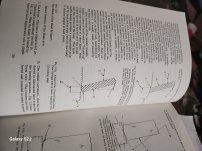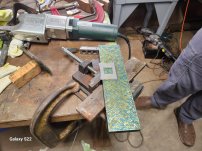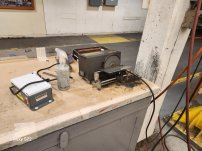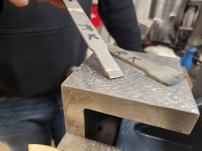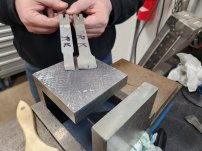ISEN AG
Aluminum
- Joined
- Jan 7, 2015
- Location
- San Antonio, TX
Ended up getting a very good eBay deal this weekend on an older Accu-Finish Series I (AF-811) in pristine condition which finally showed up today. For the owners of these machines I had a few questions:
- Mine came with a 600 grit wheel. Is it better to purchase original Accu-Finish wheels (pricy) or do you get acceptable results with other options such as a backing plate & the Chinese lapping discs?
- What wheels are recommended for sharpening carbide scrapers and touching up lathe tools? (260, 600, 1200, finer?)
- Any general maintenance I need to keep this thing in good running condition?
- Has anyone added a Foward/Reverse switch to these?
- Anything else I need to be aware of?
Last edited:


